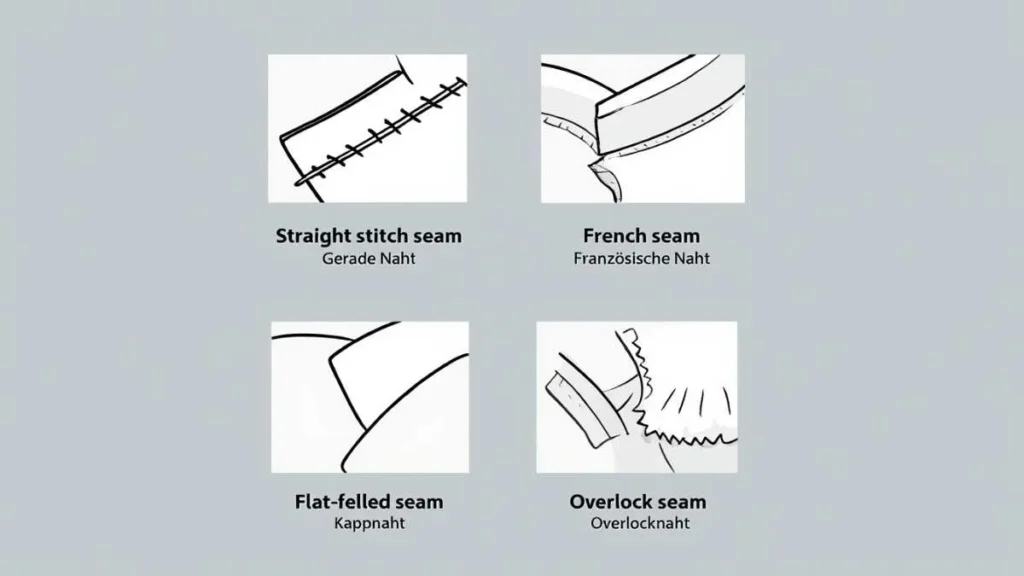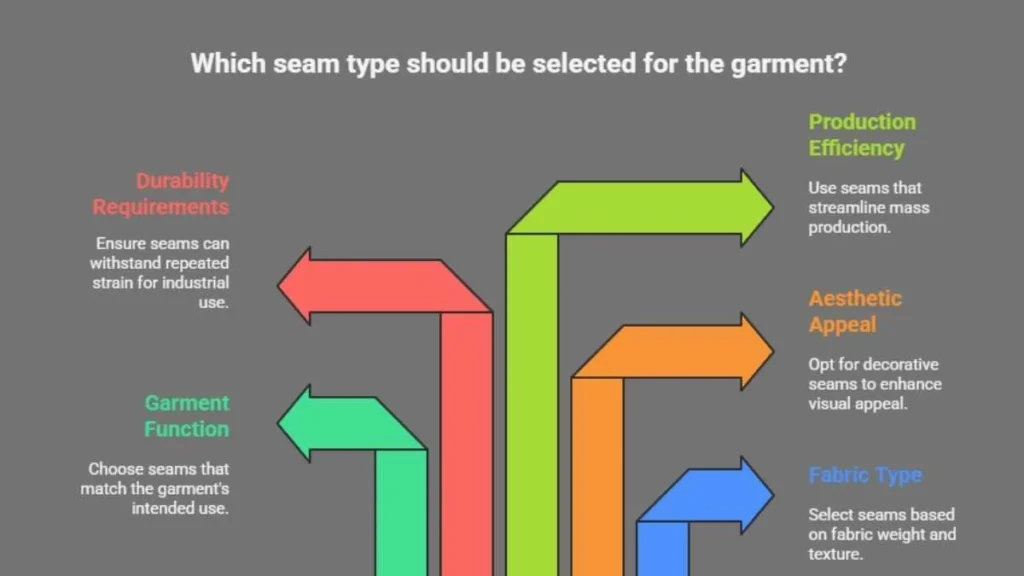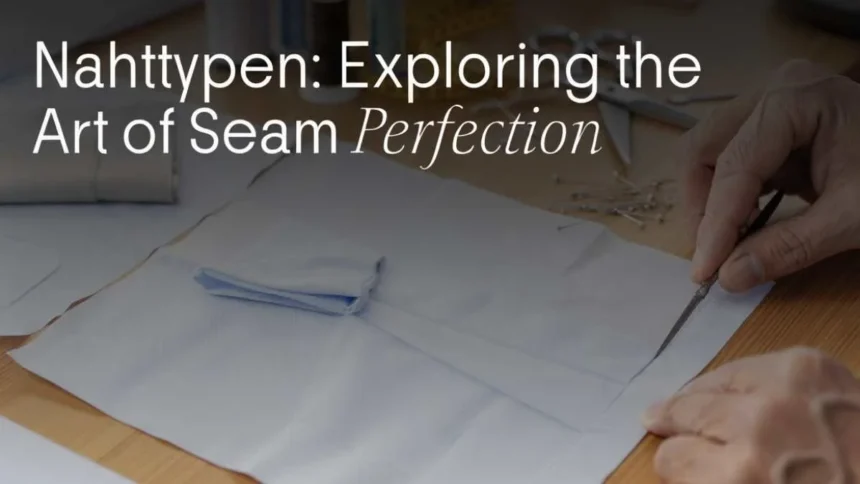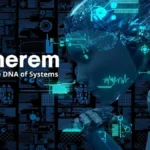Nahttypen, the German word meaning “types of seams”, describes the many ways fabrics, materials, or even tissues are joined through stitching. Each seam type serves a unique role, combining strength, flexibility, and beauty in both textile craftsmanship and medical stitching.
In essence, Nahttypen defines the technique behind every durable pair of jeans, every delicate silk blouse, and every precisely closed surgical incision. They are not just stitches; they’re structured connections that blend creativity with precision. Understanding Nahttypen enables designers, tailors, and medical experts to select the most suitable joining method for their specific purpose, performance, and perfection.
Understanding Nahttypen: Meaning and Context
The term Nahttypen comes from Naht (seam) and Typen (types), referring to distinct methods of joining materials. Although primarily used in sewing and garment construction, it’s also a recognized concept in medical suturing, where similar techniques are used to close wounds or incisions.
Each seam type has its own function:
- In fashion and textiles, it ensures structure, comfort, and longevity.
- In medicine, it guarantees wound stability and optimal healing.
Why Nahttypen Matter
Understanding Nahttypen isn’t limited to professionals. Even hobby sewists or design students benefit from knowing how different seams behave. A poorly chosen seam can distort a garment’s shape or weaken it, while the right one enhances longevity and comfort.
Similarly, in medical practice, selecting the appropriate suture type has a direct impact on healing outcomes. Both fields demonstrate one universal truth: success depends on the invisible details.
The Role of Nahttypen in Textiles
| Seam Type (Nahttyp) | Primary Use | Key Feature |
| Geradstichnaht (Straight Stitch) | Everyday clothing | Simple, neat line |
| Kappnaht (Flat-Felled Seam) | Denim & workwear | Strong, enclosed edges |
| Französische Naht (French Seam) | Sheer fabrics | Clean, refined finish |
| Overlocknaht (Overlock Seam) | Knitwear | Stretchable, fray-free |
| Doppelnaht (Double Seam) | Outerwear | Reinforced durability |
| Zickzacknaht (Zigzag Seam) | Stretch textiles | Elastic, versatile |
The Core Nahttypen Explained

Geradstichnaht: The Straight Stitch Seam
The Geradstichnaht is the foundation of sewing, a single straight line of stitches joining two fabric pieces. Though simple, it’s the basis for most other seam types. Its effectiveness lies in precision: the straighter the stitch, the smoother the fabric alignment.
Kappnaht: The Flat-Felled Seam
A Kappnaht, or flat-felled seam, folds one fabric edge over the other before stitching both sides down. The result is a double line of visible stitches that trap all raw edges inside. This construction is strong enough for denim and industrial uniforms yet stylish enough for shirts and jackets.
Französische Naht: The French Seam
Delicate fabrics require delicate handling. The Französische Naht encloses the raw fabric edges within two lines of stitching, leaving the inside of the garment as clean as the outside.
Overlocknaht: The Overlock Seam
The Overlocknaht is the seam of modern production. Using an overlock (serger) machine, it simultaneously sews, trims, and finishes fabric edges with interlocking threads.
The Artistry Behind Seams
A seam may look like a line of thread, but it represents coordination, calculation, and control. Expert sewing requires even tension, precise alignment, and an understanding of fabric response. In surgery, those same principles apply with far higher stakes.
The beauty of Nahttypen lies in its versatility: a structural element that simultaneously defines aesthetics. Whether on a runway gown or a surgical gown, a well-executed seam speaks of mastery and care.
Innovation and Sustainability in Seam Technology
Seam technology is evolving rapidly in both fashion and healthcare. With sustainability and efficiency driving modern production, new Nahttypen are being developed to minimize waste and environmental impact.
In textiles:
- Seamless knitting eliminates cutting waste.
- Recycled and biodegradable threads reduce pollution.
- Digital sewing systems ensure accuracy with fewer resources.
In medicine:
- Dissolvable sutures reduce the need for follow-up procedures.
- Laser bonding and tissue adhesives offer “seamless” closures.
Factors Influencing Seam Selection
Choosing the right Nahttyp depends on several key factors:
- Fabric Type: Lightweight fabrics require delicate seams like French seams, while heavier fabrics need reinforced options like flat-felled seams.
- Garment Function: Activewear demands flexibility; formalwear prioritizes clean finishes.
- Aesthetic Appeal: Decorative seams enhance visual appeal and uniqueness.
- Durability Requirements: Industrial or outdoor garments require strong seams that can endure repeated strain.
- Production Efficiency: Overlock seams are favored in mass production due to speed and minimal finishing work.

FAQs
Q1: Are Nahttypen the same for hand and machine sewing?
No. Machine seams are faster and more consistent, but hand seams allow greater control for delicate fabrics.
Q2: Which Nahttyp gives the cleanest inside finish?
The French seam (Französische Naht) provides the most polished interior look.
Q3: Can a seam type affect garment comfort?
Absolutely. The wrong seam can cause irritation or stiffness, especially in close-fitting clothes.
Conclusion
Nahttypen are far more than stitching methods; they are the foundation of structure, movement, and precision. From tailoring ateliers to operating rooms, seam types embody the unity of craftsmanship and science.
By understanding how each Nahttyp functions, its construction, purpose, and behavior, professionals can create garments that last, surgeries that heal, and innovations that connect form and function beautifully.






